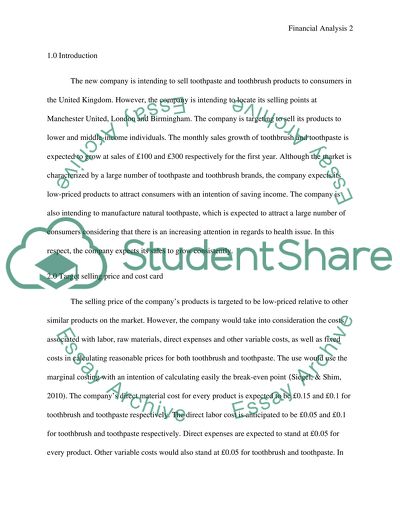Cite this document
(“Introduction to management accounting Essay Example | Topics and Well Written Essays - 1500 words”, n.d.)
Introduction to management accounting Essay Example | Topics and Well Written Essays - 1500 words. Retrieved from https://studentshare.org/finance-accounting/1498535-introduction-to-management-accounting
Introduction to management accounting Essay Example | Topics and Well Written Essays - 1500 words. Retrieved from https://studentshare.org/finance-accounting/1498535-introduction-to-management-accounting
(Introduction to Management Accounting Essay Example | Topics and Well Written Essays - 1500 Words)
Introduction to Management Accounting Essay Example | Topics and Well Written Essays - 1500 Words. https://studentshare.org/finance-accounting/1498535-introduction-to-management-accounting.
Introduction to Management Accounting Essay Example | Topics and Well Written Essays - 1500 Words. https://studentshare.org/finance-accounting/1498535-introduction-to-management-accounting.
“Introduction to Management Accounting Essay Example | Topics and Well Written Essays - 1500 Words”, n.d. https://studentshare.org/finance-accounting/1498535-introduction-to-management-accounting.


